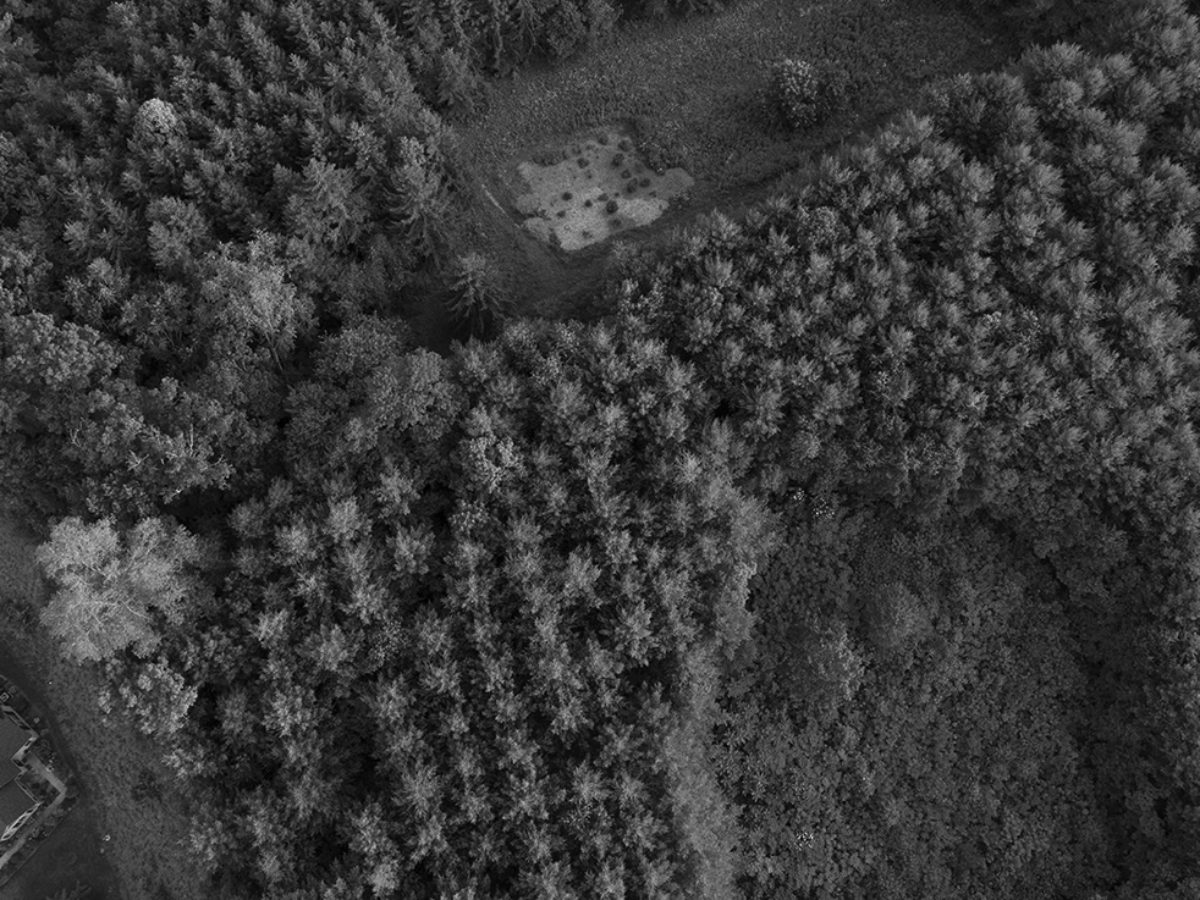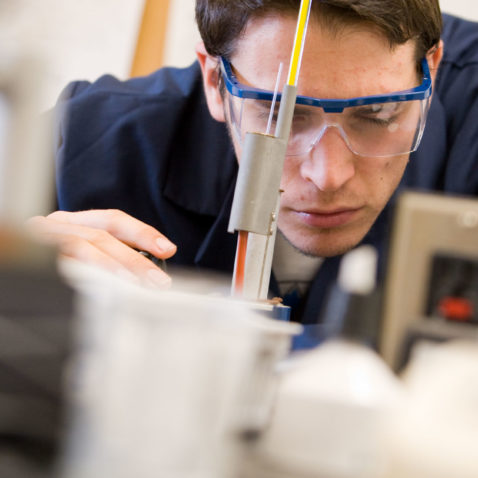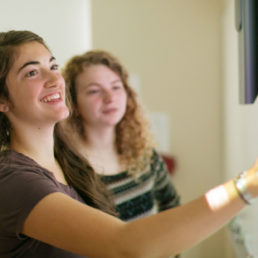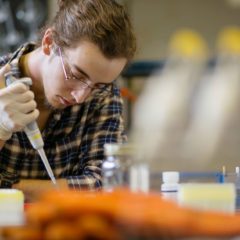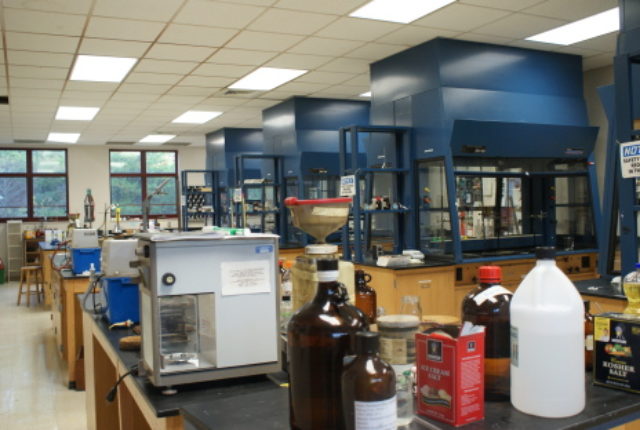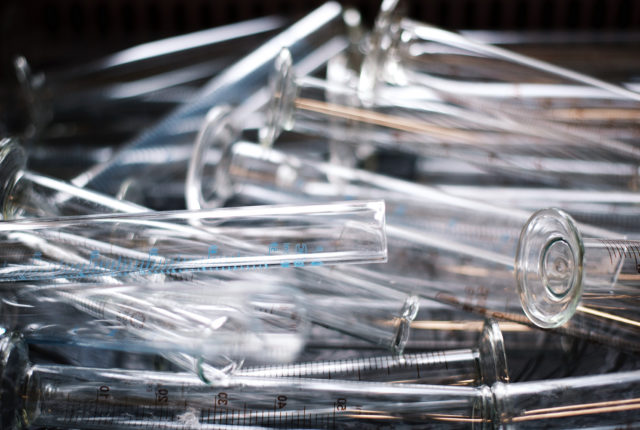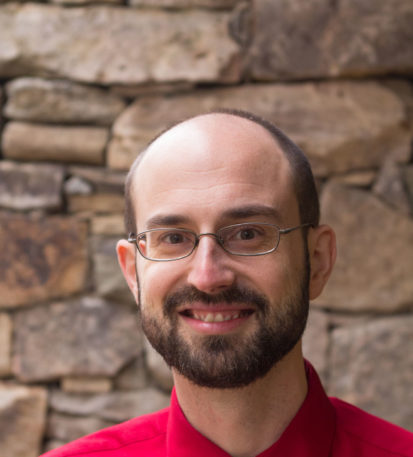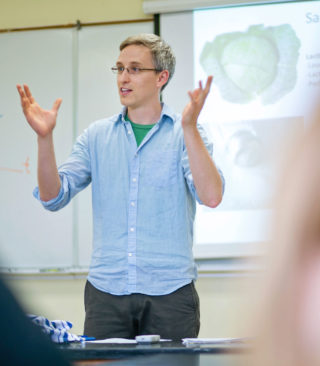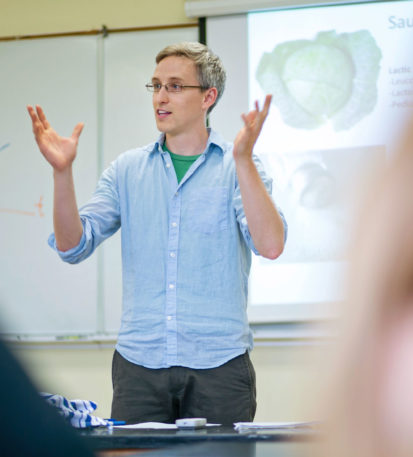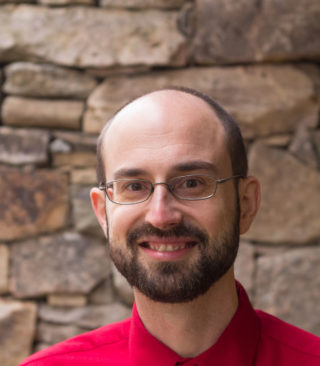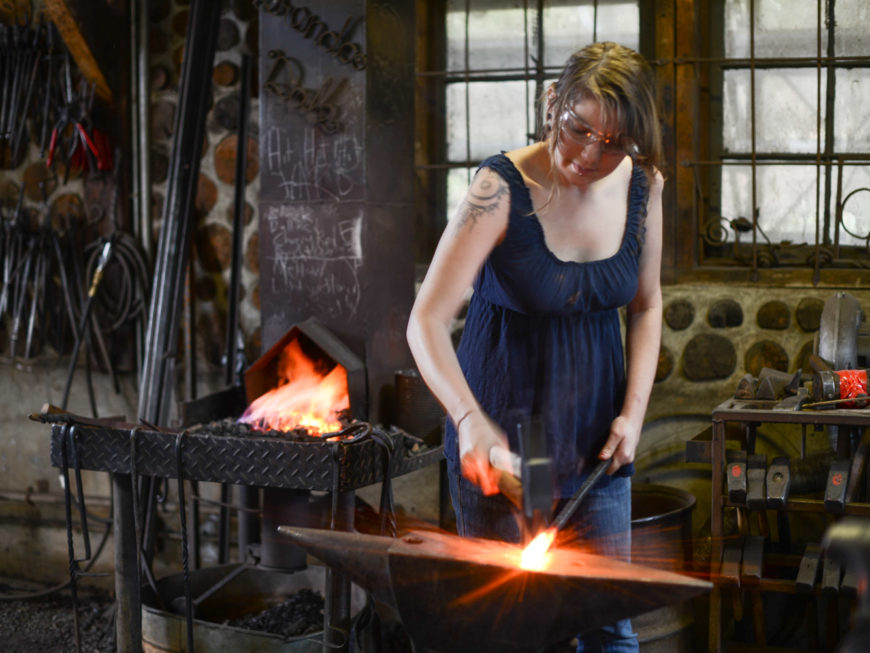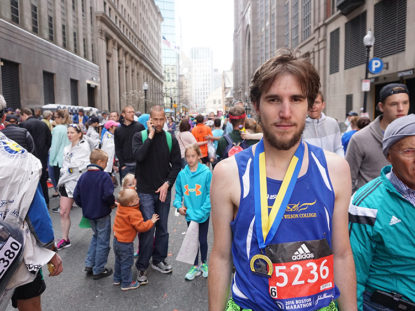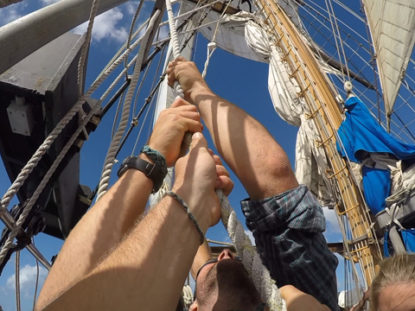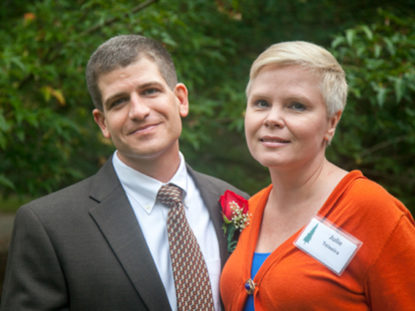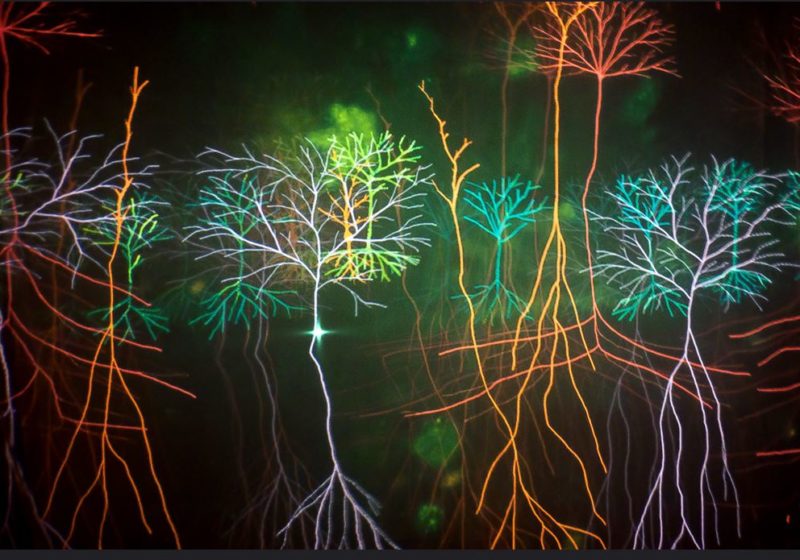BS or BA MAJOR & MINOR
Serious. Fun.
The Warren Wilson chemistry program is serious and intense. But with the help of your faculty, the Chemistry Crew, the Elvis lounge, and the company of the cool chemistry cat Mendeleev, you will thoroughly enjoy your exploration of the basis of our world.
Options Abound: Pursue a B.A. or a B.S.
我们知道,不同的学生在他们的化学学位中寻求不同的机会,这就是为什么我们很高兴地提供化学学士学位和文学学士学位。你的老师会和你一起决定哪一种适合你。
- Our Bachelor of Science (B.S.) degree prepares students for graduate school, for medical, dental, pharmacy, or veterinary school, as well as preparing you for good jobs as a traditional “bench chemist.”
- Our Bachelor of Arts (B.A.) degree is a suitable track for those students who have an interest in careers that emphasize teaching or technical work. It is also an excellent track for students who wish to double-major, or who desire flexibility for taking a wider variety of liberal arts courses.
Chemistry Instrumentation
我们知道工具很重要。As you work with faculty and developyour own independent research projects,你将有机会使用各种仪器。Just a few of our instruments are:
- Inductively Coupled Plasma Mass Spectrometer (ICP): A Perkin Elmer Optima 3100 XL ICP is used for multi-element environmental research by our students.
- Gas Chromatograph/Mass Spectrometer (GC/MS): The Shimadzu Gas Chromatograph/Mass Spectrometer (GC/MS) is used to separate mixtures and to characterize each component in the mixture.
- High Performance Liquid Chromatographs (HPLC): The Department has two high performance chromatographs used by many students in their Natural Science Undergraduate Research Sequence (NSURS).
- 原子吸收分光光度计(AA):原子吸收分光光度计(AA)用于测定铅、汞、锌、铁等金属的浓度。
I love how intellectually demanding my work on Chemistry Crew is, how challenging it is to work behind the scenes making solutions and setting up experiments, and how rewarding it is to constantly deepen my understanding as I tutor students in introductory concepts.
Rebecca Hirsch '18

